The Kremlin has denied information reported by the US media that Wagner intends to transfer Pantsir-S1 air defense systems to the Hezbollah group in Lebanon.
"We have said that Wagner does not exist in fact. Therefore, in principle, such arguments are groundless and not based on anything," Kremlin spokesman Dmitry Peskov commented on November 3 on information that Wagner planned to transfer the Pantsir-S1 complex to Hezbollah, as reported by the US media.
Mr Peskov said the Russian and US militaries have an emergency communication channel. "If there are real concerns about something, the US side can always pass them on to our military," Mr Peskov said.
The Kremlin has repeatedly said that Russian law does not specifically regulate private military companies like Wagner, so the organization is not a legal entity.
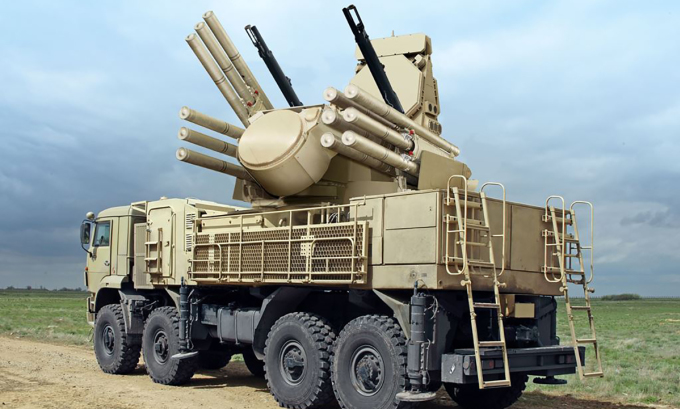
Russian Pantsir-S1 air defense missile-gun complex. Photo: Rosoboronexport
The Wall Street Journal on November 3 quoted anonymous US officials as saying that US intelligence had obtained information that Wagner was planning to provide anti-aircraft artillery and missile systems. Pantsir-S1 for Hezbollah group.
A US official said US intelligence could not confirm whether the Pantsir-S1 had been delivered. The system could have been withdrawn from the Wagner group, which is present in Syria with the approval of President Bashar al-Assad.
Wagner and Hezbollah have both deployed members to Syria to support President al-Assad's forces in fighting rebel groups. Some Western experts believe that Wagner's transfer of Pantsir-S1 systems to Hezbollah may be a response to Iran's provision of unmanned aerial vehicles (UAVs) to that country.
Russian media reported in 2018 that the country had transferred at least 40 Pantsir-S1 systems to Syria. Some of the systems were destroyed in Israeli airstrikes over the years.
In Lebanon, Hezbollah is considered a "resistance" group tasked with confronting Israel, but most Western countries list Hezbollah as a terrorist organization. Hezbollah and the Israeli army have fought almost daily since Hamas launched its offensive on October 7.
On November 2, Hezbollah used two small UAVs to attack the Israeli command post, as well as launched 19 simultaneous raids using artillery, guided missiles and other weapons on enemy positions. Israel then sent fighter jets, tanks and artillery to attack in response.
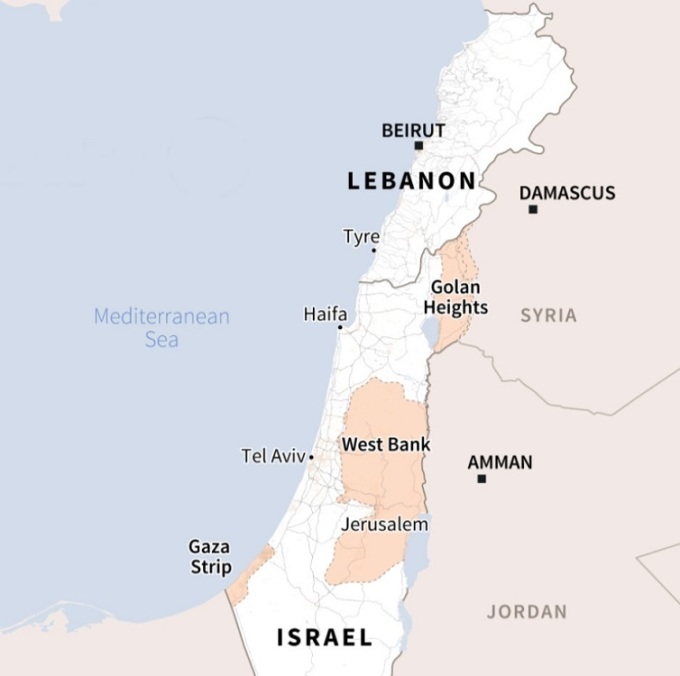
Location of Israel and Lebanon. Graphic: AFP
Nguyen Tien (According to TASS, Reuters )
Source link


![[Photo] Prime Minister Pham Minh Chinh chairs the Government's special meeting on law-making in April](https://vstatic.vietnam.vn/vietnam/resource/IMAGE/2025/4/13/8b2071d47adc4c22ac3a9534d12ddc17)


![[Photo] National Assembly Chairman Tran Thanh Man attends the ceremony to celebrate the 1015th anniversary of King Ly Thai To's coronation](https://vstatic.vietnam.vn/vietnam/resource/IMAGE/2025/4/13/6d642c7b8ab34ccc8c769a9ebc02346b)
![[Photo] National Assembly Chairman Tran Thanh Man attends the Policy Forum on Science, Technology, Innovation and Digital Transformation](https://vstatic.vietnam.vn/vietnam/resource/IMAGE/2025/4/13/c0aec4d2b3ee45adb4c2a769796be1fd)

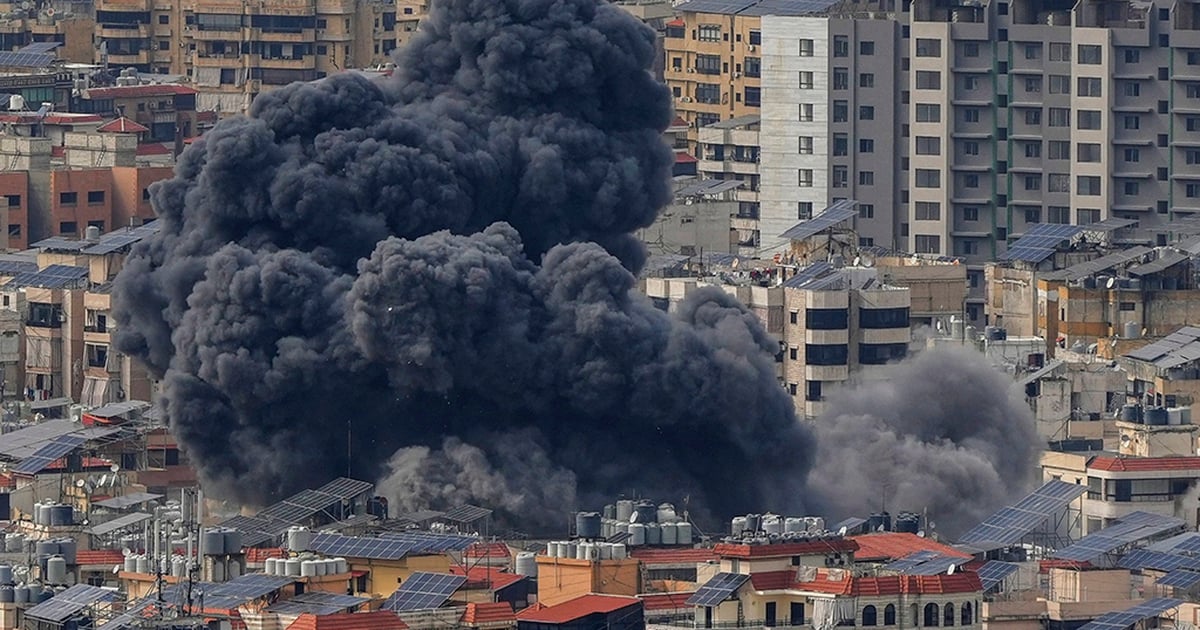

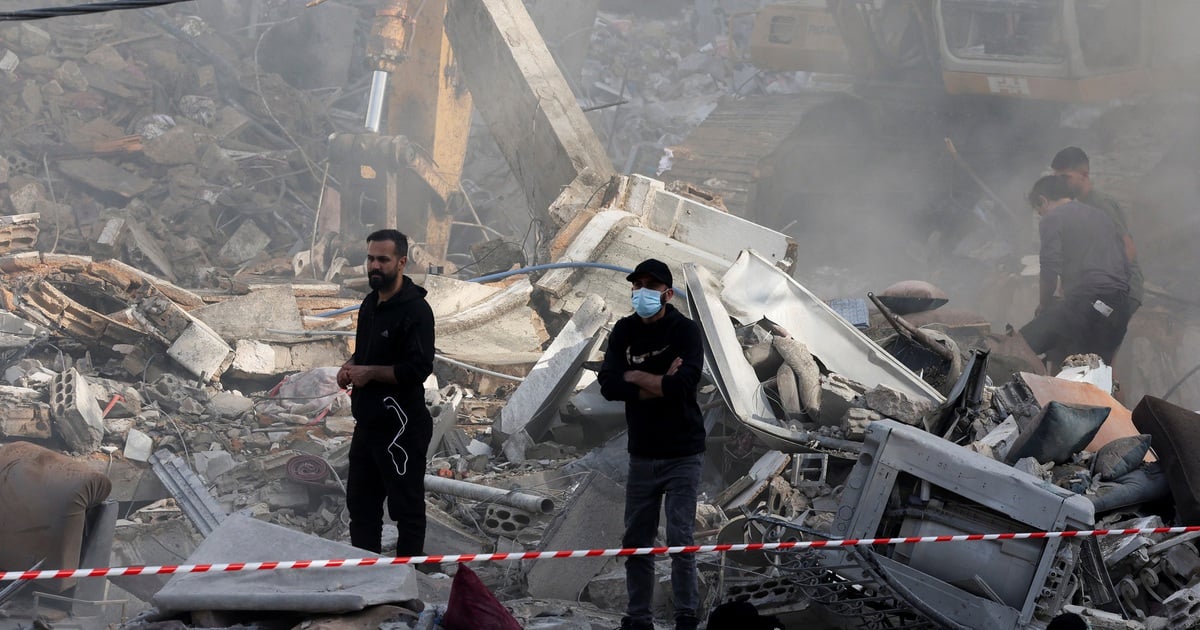
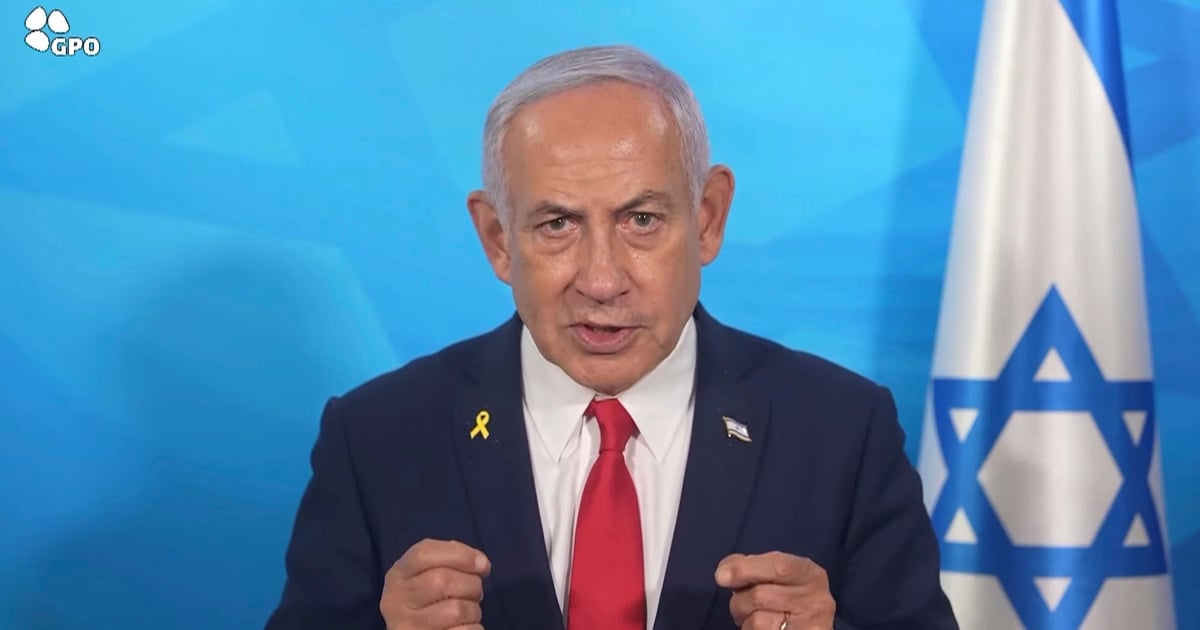
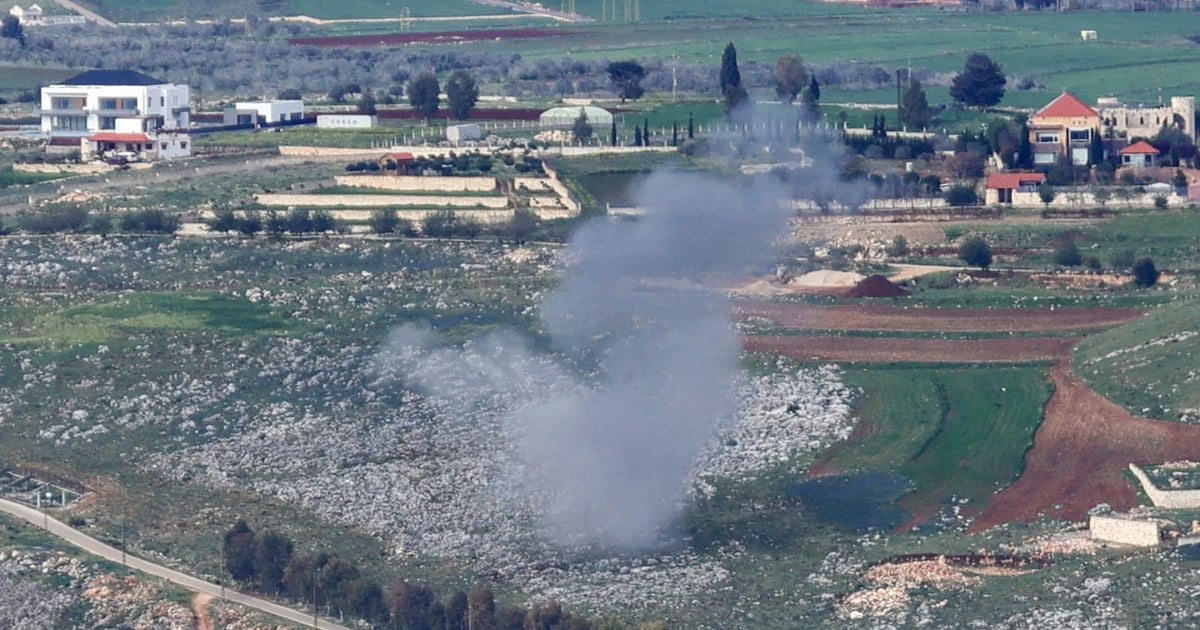
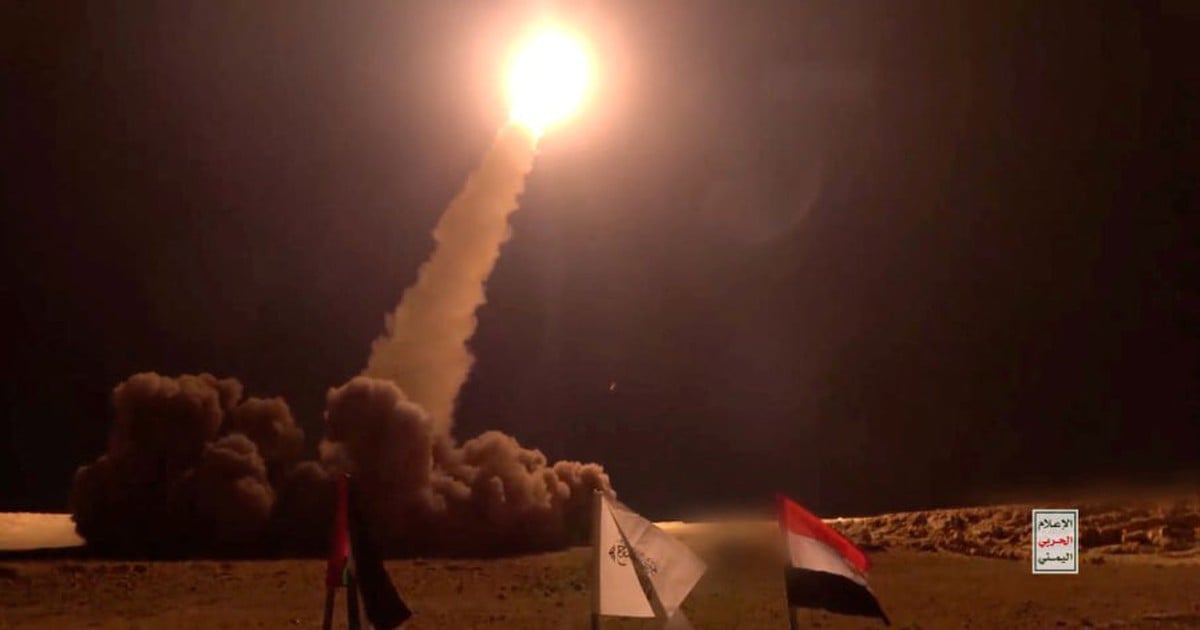
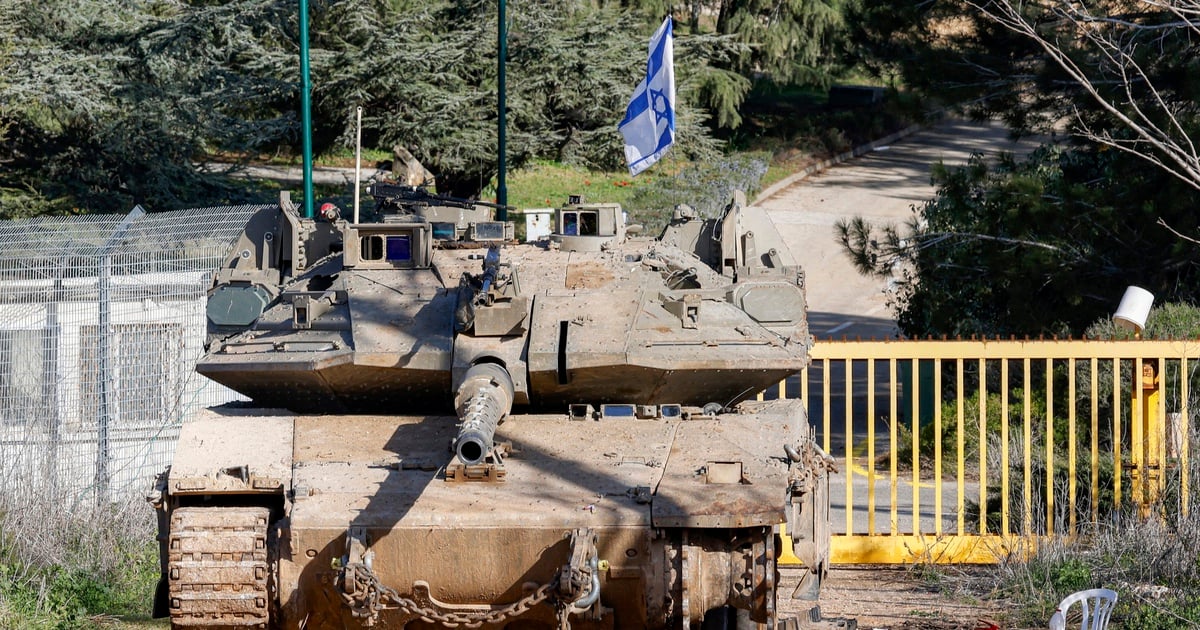






















































































Comment (0)